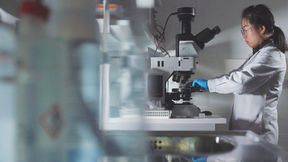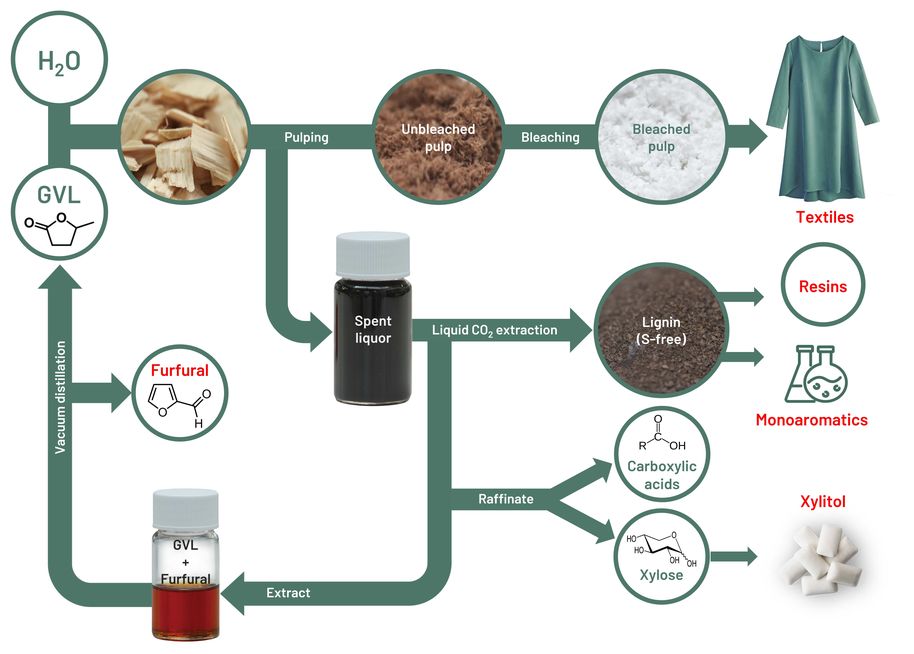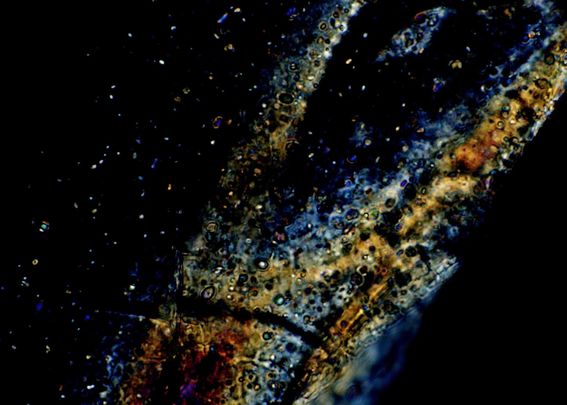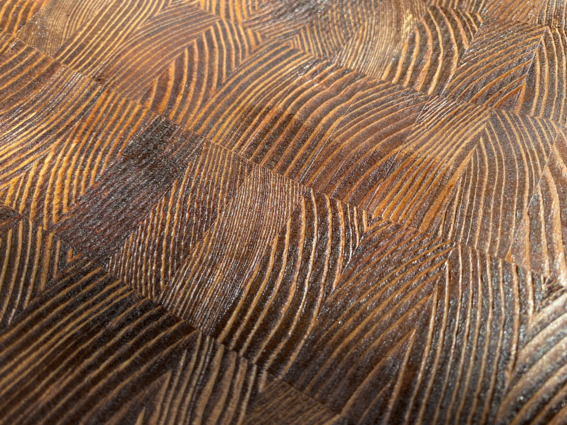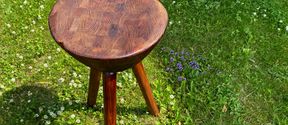GVL: a green solvent for pulping wood
Wood pulping for the production of traditional cellulose-based products such as paper and cardboard has been around for more than a century. Further development of the pulping industry requires better resource efficiency, i.e. valorizing not only the cellulose fraction but also other wood components (hemicellulose, lignin, extractives).
GVL biorefinery introduces a sustainable alternative to current sulfur-based pulping techniques, aiming at higher efficiency in converting biomass feedstocks to existing commodities and much more.
Comprising 40 - 50% of lignocellulosic biomass, cellulose is naturally the main biorefinery product. GVL pulping sustainably produce a cellulosic pulp with quality comparable to existing rayon-grade dissolving pulp, contributing to the gradual replacement of fossil-based polyester and cotton textiles.







